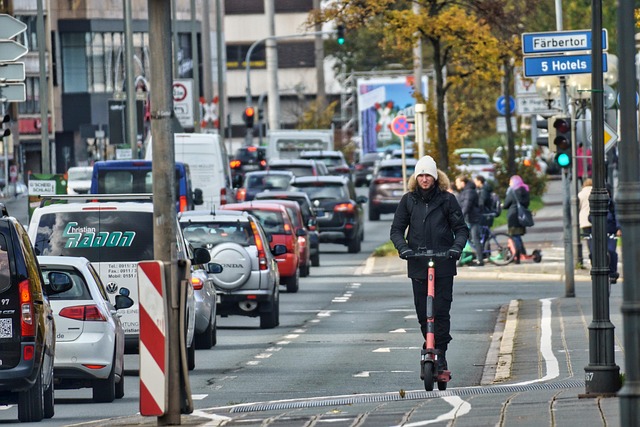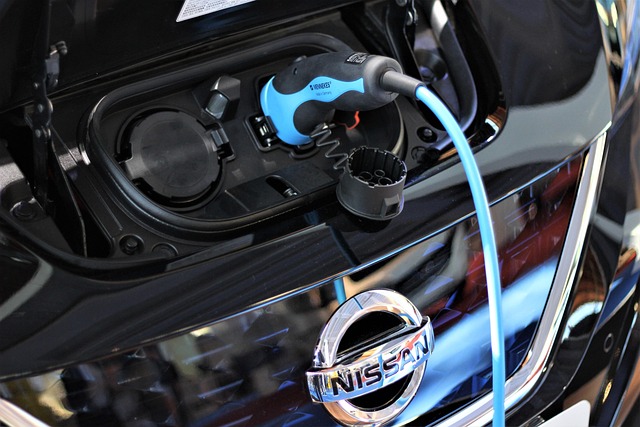Driving Toward a Sustainable Future: Renewables Energize Mobility in Rural Communities
As the world increasingly turns its attention to climate change and sustainability, the intersection of renewable energy and mobility in rural communities emerges as a beacon of hope. This revitalization is not merely a trend; it is a movement aimed at fostering ownership and empowerment within these areas, ensuring that transportation does not come at the expense of the environment.
Transport Sustainability: A New Approach
Transport plays an essential role in everyday life, connecting families, businesses, and services. However, traditional modes of transport often contribute significantly to greenhouse gas emissions. This is where renewable energy transforms the narrative. By incorporating sustainable practices into transportation—like electric vehicles powered by solar or wind energy—rural communities can begin to pave the way towards a cleaner and more sustainable future.
Imagine a rural town where the sun shines generously, and local farms utilize solar panels to power electric buses, shuttling residents to the nearest grocery store or health clinic. This shift not only reduces reliance on fossil fuels but also creates local jobs in renewable sectors, from installation to maintenance. The benefits extend beyond environmental enhancements and into the economic realm, providing a sustainable and self-sufficient ecosystem.
The Role of Renewable Energy in Rural Development
Rural development is intrinsically linked to mobility, and enhancing transport options can significantly improve the quality of life. Access to renewable energy offers these communities a unique advantage. For instance, solar-powered charging stations for electric vehicles can be established at strategic locations, enabling farmers to transport goods efficiently while minimizing costs.
This infusion of renewable energy helps mitigate the challenges of remoteness, ensuring that residents are not left behind in the broader transition to sustainable practices. A well-connected community drives opportunities in education, healthcare, and job creation, while also boosting local businesses. The economic ripple effect of investing in sustainable transport not only elevates rural communities but also aligns with global objectives for reduced carbon footprints and improved environmental stewardship.
Community Engagement and Participation
Crucial to the success of renewable energy projects in rural mobility is community engagement. Involving locals in the planning and implementation stages creates a sense of ownership and encourages adoption. Workshops about the benefits of electric vehicles or training programs for renewable energy technologies can empower residents, making them active participants in the sustainability movement.
Furthermore, incentives for adopting renewable energy can spark a culture of innovation and collaboration. Local governments can partner with businesses and non-profits to provide resources, share knowledge, and even develop funding strategies that support sustainable initiatives.
As rural communities pivot towards renewable energy solutions for their transport needs, the progress they make can serve as a model for urban regions too. The integration of sustainability into mobility fosters resilience, cultivates local pride, and lays the groundwork for a future where every journey begins with a commitment to preserving our planet.
Embracing the power of renewable energy will not only transform how we move but will also help rural communities thrive, proving that a sustainable future is indeed attainable, one step at a time.



